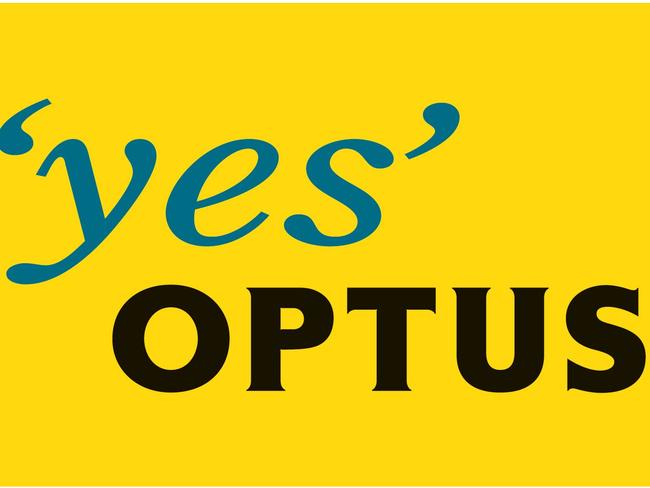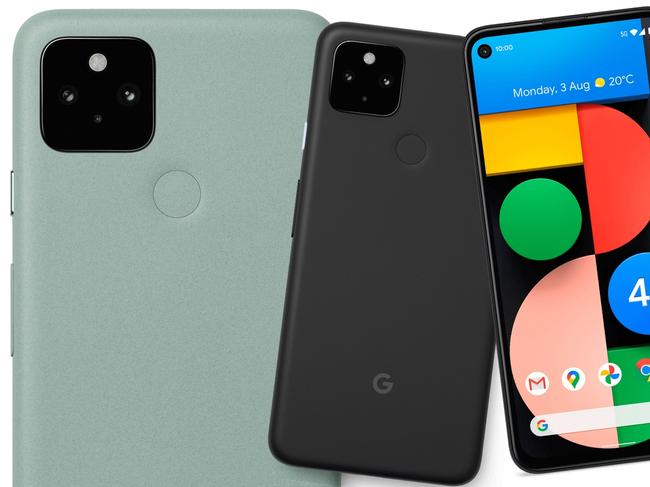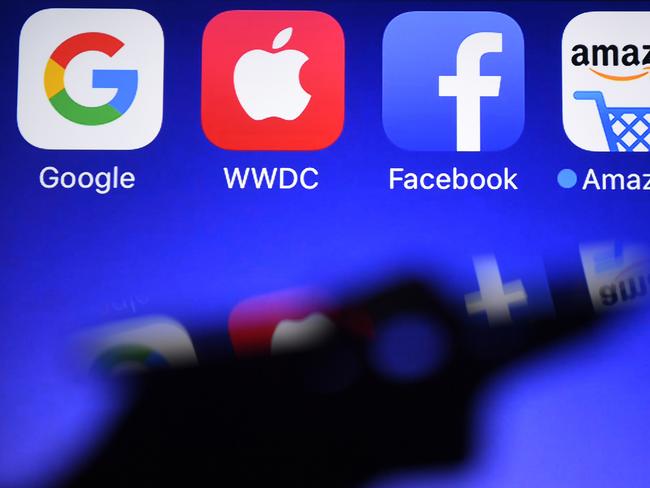Optus introduces 5-minute installs
Optus says customers can join its 4G/LTE service and be up-and-running within five minutes thanks to eSIMs.

Hello and welcome to The Download, The Australian’s technology blog for the latest tech news.
Chris Griffith 4.00pm: Optus introduces five-minute installs
Optus says customers can join its 4G/LTE service and be up-and-running within five minutes thanks to eSIMs. You might be a traveller who has just arrived in Australia and wants to get on the mobile service asap. Likewise, you might have just bought a shiny new smart phone and want to waste no time before making calls.
A five-minute installation would be impossible using a regular plastic SIM that would be mailed to you. However the new world of eSIMS makes this possible. You simply trigger the phone call capability baked into newer handsets.
Optus told The Australian you need three additional things to join from your lounge room: the My Optus app, an email address and existing Wi-Fi connection.
You connect the phone to Wi-Fi, download the My Optus app and sign up to an eSIM account. Optus then sends you a QR-code by email. You scan the QR code using the My Optus app, and you’re up and going.

Optus says this service is available for post paid accounts.
eSIMs themselves are not brand new in Australia. Optus says it has offered eSIM accounts since April 2019. However, it says a five-minute express sign up is new in the Australian industry. Optus says you don’t have to be an existing Optus customer. You may not even have a plastic nanoSIM in your phone.
“We are thrilled to extend our digital eSIM product and technology for new mobile customers,” says Clive Dickens, vice-president, TV, content & product development. “Buying a service with an Optus digital eSIM online offers a simple digital way of connecting to Optus without leaving your home or workplace.
“eSIM also eliminates the hassle of having to carry around both a work phone and a personal phone, and when combined with a physical SIM in the one device, provides an enhanced experience allowing customers to make and receive calls from two different mobile numbers from two different carriers without the need to switch between devices.
“We know that our customers are also looking for new ways to make sustainable, environmentally friendly changes to their everyday lives, and by selecting to activate with digital eSIM, customers can save another bit of plastic from our oceans and another delivery truck on our busy roads.”
9.30am: Google shows off new phones, speaker
Google has announced a new generation of mobile and smart-home products overnight, including two 5G-capable Pixel smartphones, the rebranded flagship smart speaker Nest Audio and the first Chromecast streaming-media player to come with a remote control.
The Pixel 5 will take on popular flagship devices from Samsung and Apple, and features reverse wireless charging, so you can charge other Qi-enabled devices, like Google’s Pixel Buds. It’s also slimmer and has a bigger battery than the Pixel 4.
But there’s one killer feature that will set it apart.

The new Pixel phones feature a ‘Hold for me’ option, powered by Google Assistant, allowing you to put down your phone when you’re on a call with your bank, telco or airline. The phone will alert you when someone comes on the line.
Google also announced another phone, the Pixel 4a 5G, which features a larger edge-to-edge display than its predecessor, the Pixel 4. The phone boasts has a bigger battery, along with 5G capabilities.
Google is also replacing its Google Home smart speaker with the $149 Nest Audio, a speaker powered by Google Assistant that the company says has 75 per cent more volume than its predecessor.
The new line-up will be available from October 15 at Google’s website, and retailers.
8am: Democratic lawmakers to seek big tech breakups
Democratic lawmakers are expected to call on the US Congress to blunt the power of big technology companies, possibly through forced separation of online platforms, as a House panel concludes its Big Tech probe.

The House Antitrust Subcommittee is nearing completion of a report wrapping up its 15-month investigation of Alphabet’s Google, Apple, Amazon and Facebook. The report follows the committee’s collection of more than one million documents from the companies and competitors, as well as a July hearing with CEOs of the four tech giants.
Rep. David Cicilline (D., R.I.), who chairs the subcommittee, has indicated the panel is poised to recommend significant measures targeting Big Tech’s power, including requiring owners of huge technology platforms to separate those platforms from other businesses.
Mr. Cicilline hasn’t released details, but such a law could potentially ban Amazon from competing with sellers on Amazon.com, or Google from offering services that consumers look for on its search engine.
“You can’t set all the rules, control the marketplace and also sell on it, in the way that Amazon does, for example,” Mr. Cicilline said in a recent podcast for the Brookings Institution think tank.
The committee’s final report could include the platform-separation idea among a series of policy options, Mr. Cicilline has said. Others include boosting the budgets of US antitrust enforcement agencies, amending U.S. antitrust laws with an eye toward making them less permissive and mandating “interoperability” so that consumers and businesses can more easily move from one tech platform to another.
Republicans say the inquiry left them concerned about the companies’ power in digital markets, but differ on how to address the problem.
“I don’t think there’s any doubt that both sides think there is a problem,” said Rep. Kelly Armstrong (R., N.D.), a member of the committee. But broad measures requiring Big Tech to separate lines of business could affect other industries that also operate online, an issue Congress would have to study, he said.
The Wall Street Journal



To join the conversation, please log in. Don't have an account? Register
Join the conversation, you are commenting as Logout